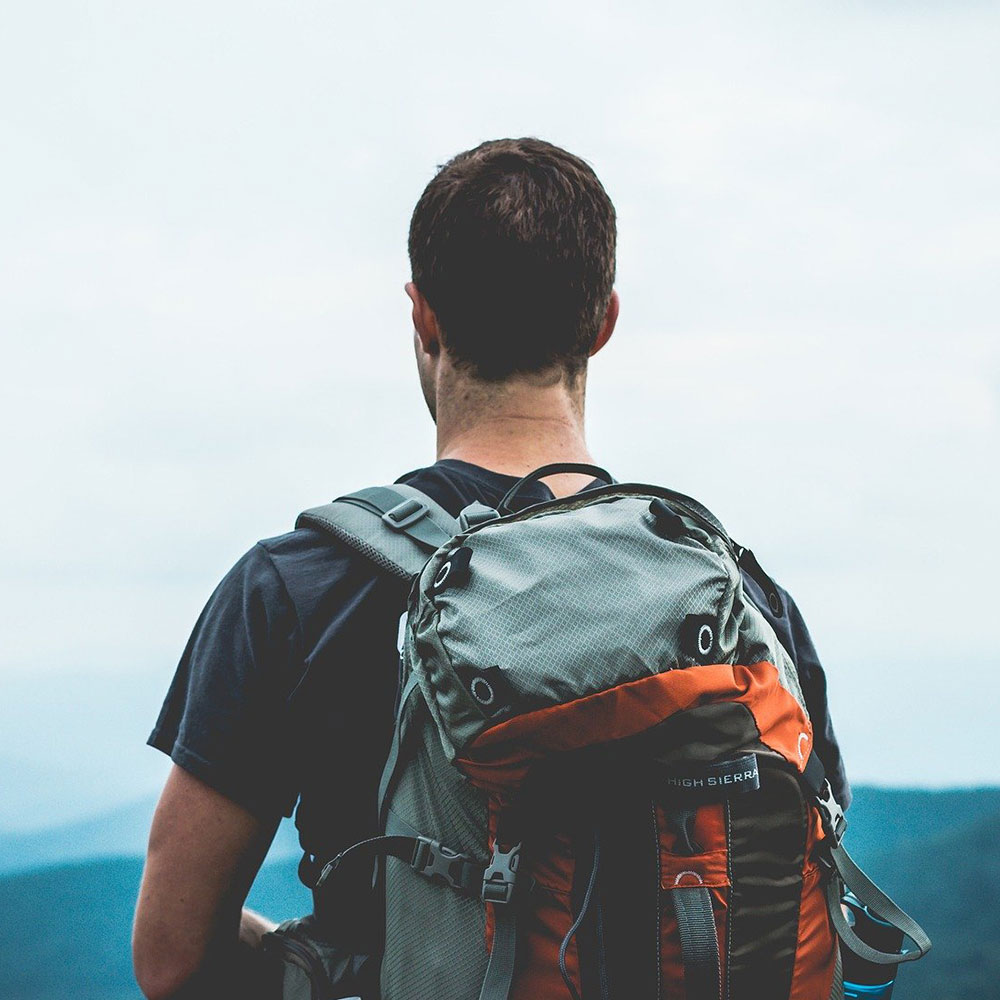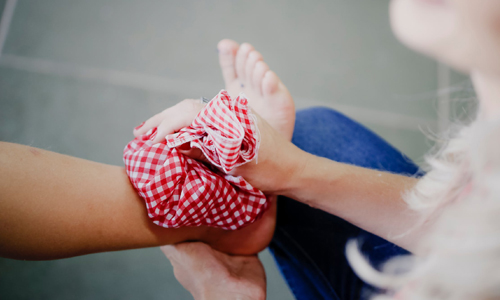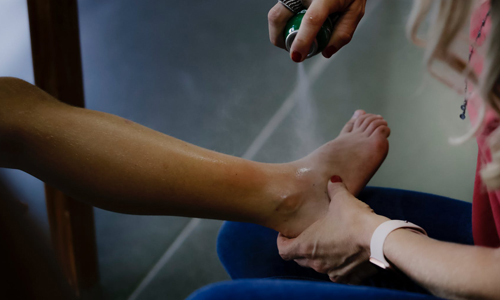What Expert Hikers Can Tell You About Blisters
Author

Javier Olivo is a blogger and a writer by heart. In the past, Javier worked as a woodcarver in a furniture store in his hometown. Being exposed to the outdoors, he often likes to give advice to people who prefer trekking in the woods. During his free time, Javier loves going to the gym and playing football.
Be it the hikers, walkers, or campers, anyone who has ever hit the trails has known something in common – blisters. Long tracks and off roads can cause anything from a shoe bite to a blain, and all sorts of adventurers are well aware of that.
Now if you think it is your shoes, you might want to think otherwise. Even with the most comfortable pair of shoes, a lot of times, your feet cannot cope up with extended walks or hikes. The best way to tackle this sore problem and have a pain-free outdoor experience is to understand what causes the blisters and how you can avoid them.

Blisters: Why do they happen?
While you are on a walk down a path, there are three things that come into play when it comes to the health of your feet. Strain, heat, and moisture. The epidermis, that is the skin of your feet, gets a lot of friction and irritation caused by the constant movement of your shoes. If the footwear has a poor fit, this can become more aggravated. As a result, the heels and toes can form painful blisters.
Some other reasons for foot blisters are wrinkled socks and seams, excessive sweating, wet feet, and leather shoes worn for the first time on a long trail, without breaking them in.
Seemingly Harmless Blisters Can Pose Risks
If you give your feet adequate rest, the blisters slowly heal on their own. A severely bruised blister, however, can prove to be too difficult to ignore. At times, blisters can become messy too and that is when you’d need to see your physician. If you see pus or blood accumulating inside the blister, you must not puncture it. It should be taken care of by a doctor only. It is generally advised that if you have got a bad bruise, it is time to call off the hiking trip and go home. It is also best to avoid wearing the boots so that the blister does not become worse.
Effective Treatment of Blisters
It is important not to use any hot pack on the blisters. Once you are back home, you can use an ice pack or anything frozen wrapped in a cloth to gently apply on the blister. This allays the pain and helps solidify any serous fluid that has formed inside. A blister pad can come handy when the wounded area is exposed to pressure, such as the heels. Alternatively, a plaster can also be applied. Sometimes, blisters burst away on their own. You do not have to be worried. After draining the fluid, you can apply the blister pad after washing your hands cleanly. A hydrocolloid dressing can be used to cover the burst blisters.
Express Ways to Avoid Blisters on a Long Walking Trip
Socks can get sweaty and hence become coarse and hurt your feet. So, always keep an extra pair of clean socks with you and change the old ones when they seem soiled enough. If your feet sweat a lot, you can use talcum powder for absorbing the extra sweat and minimizing the friction between your heels and the shoes.

Also, carry blister pads with you and always apply them on dry skin, when needed. And last but not the least, always give your feet time to rest and breathe by taking off your shoes and using timely breaks.
With these things in mind and the right hiking gear and clothing, your adventure trails would not only be more comfortable, but fun too.
Author

Javier Olivo is a blogger and a writer by heart. In the past, Javier worked as a woodcarver in a furniture store in his hometown. Being exposed to the outdoors, he often likes to give advice to people who prefer trekking in the woods. During his free time, Javier loves going to the gym and playing football.
Categories
- Sport (28)
- Product Reviews (3)
- Team Outdoor Look (7)
- Mike Wild (2)
- Mike Payton (2)
- Suse Hammond-Pears (3)
- Snowboarding (12)
- Latest Offers (105)
- Shop Talk (1)
- Competitions (7)
- Walking (413)
- Lifestyle Fashion (8)
- Travel (86)
- Kit Guides (176)
- Workwear Clothing (6)
- Safety Workwear (4)
- Health/Fitness (289)
- Skiing (91)
- Great Outdoors (1316)
- Cycling (92)
- January 2025
- December 2024
- November 2024
- October 2024
- September 2024
- August 2024
- July 2024
- June 2024
- May 2024
- April 2024
- March 2024
- February 2024
- January 2024
- December 2023
- November 2023
- October 2023
- September 2023
- August 2023
- July 2023
- June 2023
- May 2023
- April 2023
- March 2023
- February 2023
- January 2023
- December 2022
- November 2022
- October 2022
- September 2022
- August 2022
- July 2022
- June 2022
- May 2022
- April 2022
- March 2022
- February 2022
- January 2022
- December 2021
- November 2021
- October 2021
- September 2021
- August 2021
- July 2021
- June 2021
- May 2021
- April 2021
- March 2021
- February 2021
- January 2021
- December 2020
- November 2020
- October 2020
- September 2020
- August 2020
- July 2020
- June 2020
- May 2020
- April 2020
- March 2020
- February 2020
- January 2020
- December 2019
- November 2019
- October 2019
- September 2019
- August 2019
- July 2019
- June 2019
- May 2019
- April 2019
- March 2019
- February 2019
- January 2019
- December 2018
- November 2018
- October 2018
- September 2018
- August 2018
- July 2018
- June 2018
- May 2018
- April 2018
- March 2018
- February 2018
- January 2018
- December 2017
- November 2017
- October 2017
- September 2017
- August 2017
- July 2017
- June 2017
- May 2017
- April 2017
- March 2017
- February 2017
- January 2017
- December 2016
- November 2016
- October 2016
- September 2016
- August 2016
- July 2016
- June 2016
- May 2016
- April 2016
- March 2016
- February 2016
- January 2016
- December 2015
- November 2015
- October 2015
- September 2015
- August 2015
- July 2015
- June 2015
- May 2015
- April 2015
- March 2015
- February 2015
- January 2015
- December 2014
- November 2014
- October 2014
- September 2014
- August 2014
- July 2014
- June 2014
- May 2014
- April 2014
- March 2014
- February 2014
- January 2014
- December 2013
- November 2013
- October 2013
- September 2013
- August 2013
- July 2013
- June 2013
- May 2013
- April 2013
- March 2013
- February 2013
- January 2013
- December 2012
- November 2012
- October 2012
- September 2012
- August 2012
- July 2012
- June 2012
- May 2012
- April 2012
- March 2012
- February 2012
- January 2012
- December 2011
- November 2011
- October 2011
- September 2011
- August 2011
- May 2010
- April 2010
- March 2010
- February 2010
- January 2010
- November 2009
- October 2009
- September 2009


Submit a Comment